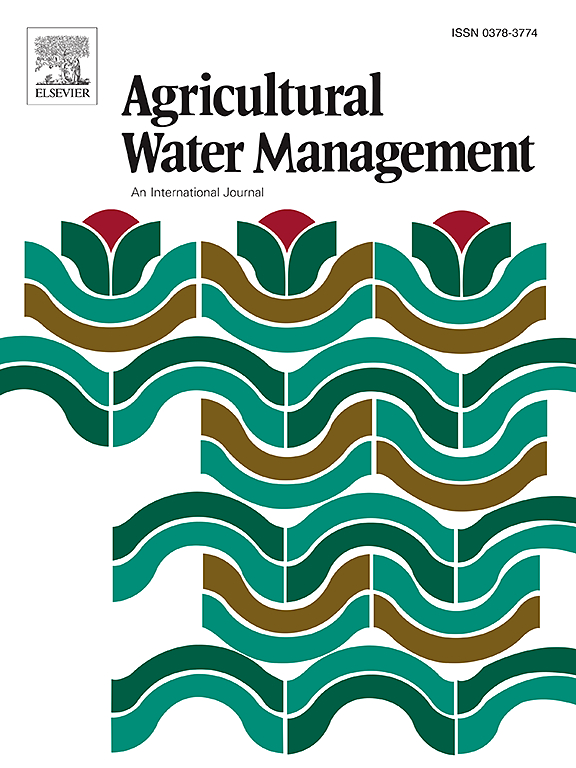Irrigation technology, irrigation dose, and crop genetic impacts on alfalfa yield and quality
IF 5.9
1区 农林科学
Q1 AGRONOMY
引用次数: 0
Abstract
In water limited environments, alfalfa (Medicago sativa) is often criticized for its high water use, prompting interest in optimizing irrigation technologies, deficit irrigation, and drought-tolerant genetics. However, potential cumulative benefits from combining water-saving strategies have not been previously identified. This study evaluated the independent and combined effects of five irrigation technologies (low-elevation Nelson advantage, low-elevation precision application, low-elevation spray application, mid-elevation spray application, and mobile drip irrigation), four irrigation doses (growers’ typical full dose, a 25 % reduction, and two 50 % reductions, uniform and growth stated-targeted), and two alfalfa varieties (growers’ conventional and drought-tolerant) across three Utah sites from 2020 to 2022. No interaction effects were found among these factors, indicating that stacking multiple water-saving strategies did not enhance yield or forage quality. Low-elevation sprinkler technologies generally outperformed mid-elevation and mobile drip irrigation, though results varied by environment. Deficit irrigation at 25 % reduction often maintained yields similar to growers’ Full irrigation dose, while 50 % reductions consistently decreased yield by 22–54 %. However, deficit irrigation improved forage quality and water use efficiency. Decision tree models revealed that maximizing relative feed value-adjusted water use efficiency primarily depended on matching irrigation dose and technology to site-specific climate demand rather than applying Full irrigation. These findings suggest that moderate deficit irrigation and low-elevation sprinkler technologies can improve forage quality and water resource efficiency without substantial yield loss that occurs with 50 % deficit irrigation.
求助全文
约1分钟内获得全文
求助全文
来源期刊

Agricultural Water Management
农林科学-农艺学
CiteScore
12.10
自引率
14.90%
发文量
648
审稿时长
4.9 months
期刊介绍:
Agricultural Water Management publishes papers of international significance relating to the science, economics, and policy of agricultural water management. In all cases, manuscripts must address implications and provide insight regarding agricultural water management.
 求助内容:
求助内容: 应助结果提醒方式:
应助结果提醒方式:


